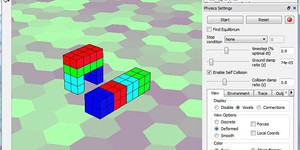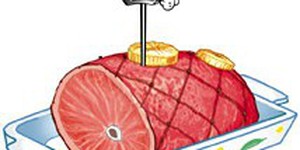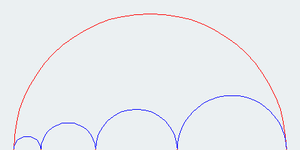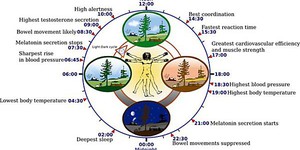Science Projects (1,332 results)
|
Select a resource
Sort by
|
In our introductory VoxCAD project, we provided you with a template file that included default material properties and physics simulation settings. These settings include friction, gravity, and temperature — all of which can drastically change how fast your robots move. However, we did not explain what exactly all these physics simulation settings meant, or how to change them. You can access the physics settings through the Physics Settings tab after entering the Physics Sandbox mode, as…
Read more
Featured
Have you heard that garlic powder is supposed to inhibit the growth of bacteria? Which do you think would make a better disinfectant: a solution of garlic powder or a solution of bleach? This project shows you a straightforward way to compare the effectiveness of different disinfectants (or other antimicrobial agents), by measuring zones of inhibition on a culture plate.
Read more
"What? My food needs some standing time? How can food stand? I don't see any legs on those baked potatoes!" Whether you're using a traditional oven or a microwave, standing time is an important concept in cooking or baking. When you remove a food from an oven or a microwave, the food retains heat and continues to cook for several minutes after it has been removed from the heat source. This process of the food continuing to cook, using the retained heat in the food itself, is called carryover…
Read more
When you think of successful inventions from the 1900's that have dramatically changed how people live, what comes to mind? The car? Radio? TV? The computer? What about the microwave oven? You might not remember a time when microwave ovens were not a standard part of most kitchens, but your parents or grandparents probably do. They can remember when heating leftovers took a good 30 minutes in a traditional oven. Or thawing a food from the freezer meant leaving it in the refrigerator overnight.…
Read more
We can't say it any better than he did, so here is Ryan Ponec's capsule description of his excellent project (Ponec, 2002): "At the end of a lesson, a teacher will sometimes have students summarize the information presented by stating, 'Tell me something you learned.' The purpose of this experiment is to determine whether or not this 'lesson summary' significantly enhances the students' ability to later recall the information presented. Students from grade levels fifth through eighth were…
Read more
Brrrr, freezing cold! It's the worst nightmare of any fresh fruit or vegetable! If the produce in your kitchen had legs, they would run in a panic every time the freezer door opens. Why? Well, freezing temperatures are not kind to fresh produce. Freezing kills the plant tissues and alters them on both a chemical and physical level. Chemically, the enzymes in the produce become more concentrated and do not work normally, so that discoloration, off-flavors, vitamin breakdown, and toughness may…
Read more
All animals need to respond to changes in their immediate environment. The sensory structures of animals are each made to respond to distinct types of sensory stimuli: touch, taste, sound, light and smell. How are these stimuli received? Different animals have different strategies for receiving stimuli and develop specialized structures for doing so. Antennae, ears, noses, tongues, eyes, eye spots, hairs and bristles are all examples of sensory structures used by different animals to sense…
Read more
This a straightforward, but interesting, project in geometry. It is a good first proof to try on your own. You should be able to figure it out by yourself, and you'll gain insight into a basic property of circles.
Figure 1 below shows a semicircle (AE, in red) with a series of smaller semicircles (AB, BC, CD, DE, in blue) constructed inside it. As you can see, the sum of the diameters of the four smaller semicircles is equal to the diameter of the large semicircle. The area of the larger…
Read more
Mice, rats, and other rodents are typically nocturnal animals; that is, their activity level is highest at night. For this science fair project, you will build a device that records your pet's activity by monitoring movement of its exercise wheel to see how it varies during the day and night. You can also experiment with various ways of changing your pet's cycle of activity; for example, by playing with it during the day when it's normally resting.
Read more
What do knots, maps, mazes, driving directions, and doughnuts have in common? The answer is topology, a branch of mathematics that studies the spatial properties and connections of an object. Topology has sometimes been called rubber-sheet geometry because it does not distinguish between a circle and a square (a circle made out of a rubber band can be stretched into a square) but does distinguish between a circle and a figure eight (you cannot stretch a figure eight into a circle without…
Read more
What makes a winning team? Getting all the best players? Good coaches? Good chemistry? This project will show you how you can use math to help you test your hypothesis about what makes a winning team.
The Pythagorean relationship is a fundamental one in sports: it correctly predicts the records of 98% of all teams. But in 2% of cases, it fails. Why does it fail? Find teams that deviated substantially from their expected Pythagorean record (this information is available for baseball teams…
Read more
|







